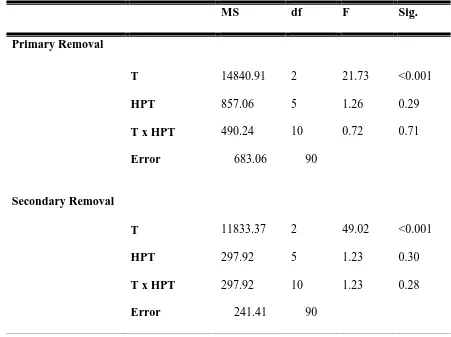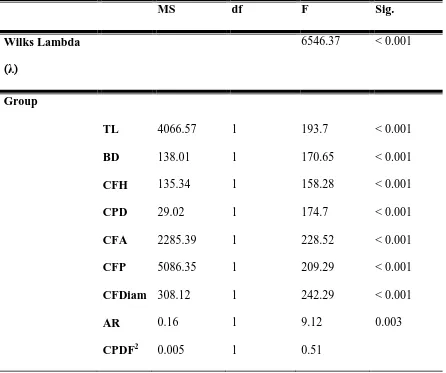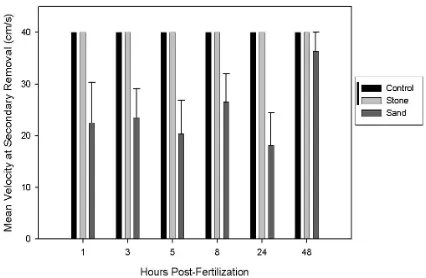Analysis of the larval swimming performance of two Great Lakes fish species: Hydrodynamic and genetic effects on swimming
Full text
Figure




Related documents
By quantifying in vivo the effects of temperature on the swimming performance of an ectothermic species that is closely related to the endothermic tunas, this study also
relationship between thrust and swimming speed for the species studied may be a result of (i) possible effects of the mucus coating of the body and fins acting to diminish the rate
Development and use of the wetland fish index to assess the quality of coastal wetlands in the Laurentian Great Lakes. Canadian Journal of Fisheries and Aquatic
THE EFFECTS OF PHARMACEUTICAL EXPOSURE ON PREDATOR AVOIDANCE PERFORMANCE AND FEEDING EFFICIENCY IN LARVAL FATHEAD MINNOWS ...8 Introduction ...8 Methodology ...15 Fish ...15
In this study, we measured the ecomorphological correlates of twenty dominant fish species of Amazonian floodplain lakes (Saint-Paul et al., 2000; Siqueira-Souza and
Effects of stocking density on survival rate and larval development of blue swimming crab, Portunus pelagicus (Linnaeus, 1758) under laboratory conditions..
The development of computer vision technology played a great role in promoting the development of the fish species classification, fish schooling behavior, swimming behavior,
The aim of this study was to provide an analysis of the genetic composition of larval digenean trematodes using polymerase chain reaction (PCR) and sequence





